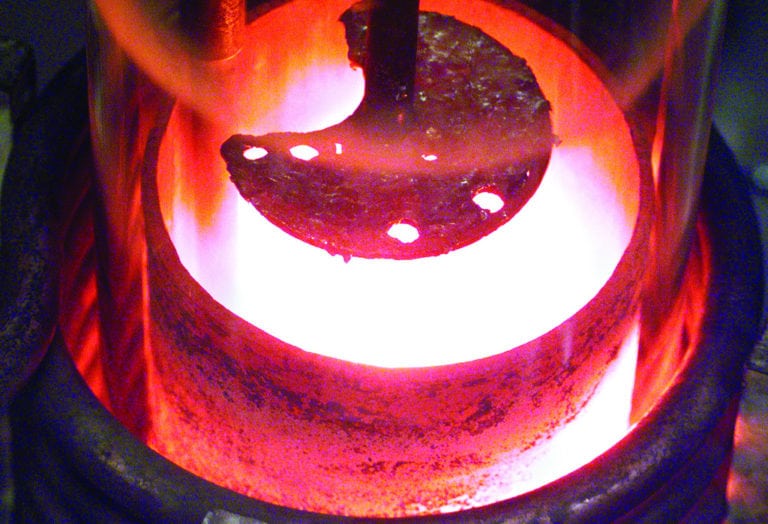
WASHINGTON – The Pentagon danced around questions this week about whether the National Nuclear Security Administration can support the planned deployment of next-generation, nuclear-tipped intercontinental ballistic missiles if Congress allows the civilian agency…